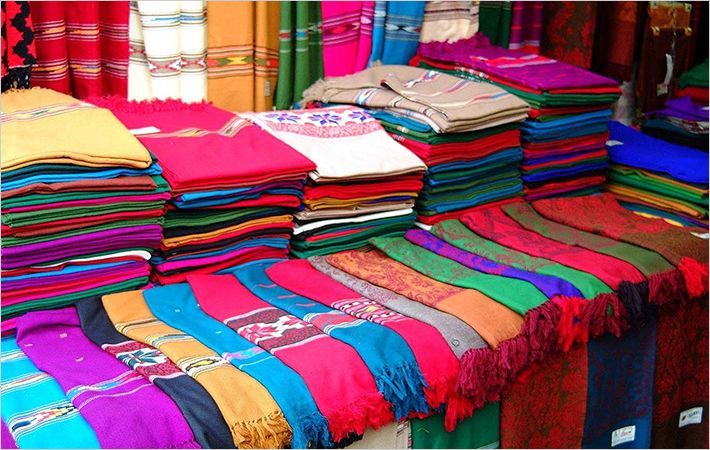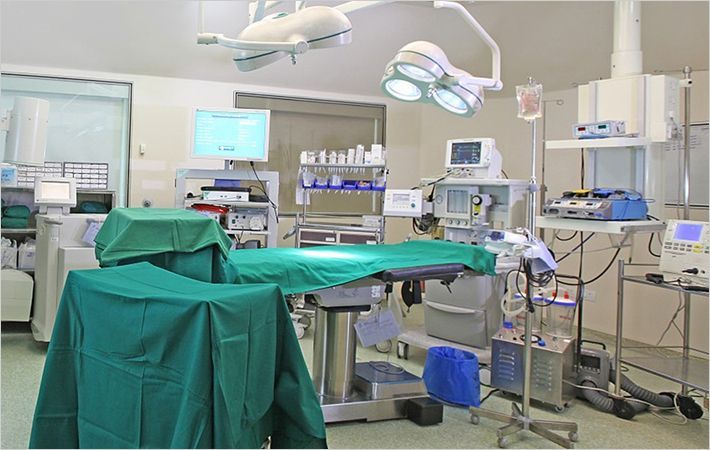Technical textiles are being used increasingly for the replacement of traditional materials in challenging applications, and their end uses are becoming increasingly diverse. As a result, manufacturers of needles and threads have been faced with the need to develop highly specified products, according to Textiles Intelligence.
Technical textiles are being used increasingly for the replacement of traditional materials in challenging applications, and their end uses are#
Needles must be able to withstand the physical demands of the stitching processes used to manufacture technical textile products, and threads must maintain their integrity in the extreme environments in which many technical textile products are used.
Technical textiles are being used increasingly for the replacement of traditional materials in challenging applications, and their end uses are#
In order to cater to the requirements of the industry, many manufacturers of sewing needles tailor the geometry of the needles they produce to the demands of the technical textile which is being sewn. They are also applying special coatings to sewing needles in order to improve their performance and enhance production efficiency.
Technical textiles are being used increasingly for the replacement of traditional materials in challenging applications, and their end uses are#
For instance, Organ Needle's NY2 series of sewing needles helps to counteract the problem of skipped stitching. And in Groz-Beckert's MR sewing needle, the risk of needle deflection has been reduced through the use of a special blade and scarf geometry. Schmetz's Serv 7 sewing needle has a blade with a conical reinforcement which increases needle stability and helps to prevent the needle from deflecting.
Technical textiles are being used increasingly for the replacement of traditional materials in challenging applications, and their end uses are#
In addition, titanium nitride coatings are used to strengthen the needle, and anti-adhesive coatings are applied to prevent substances from adhering to the needle during sewing.
Technical textiles are being used increasingly for the replacement of traditional materials in challenging applications, and their end uses are#
Sewing threads which are designed to be used in technical textile applications must possess a number of important characteristics in order to ensure that they maintain their integrity under extreme conditions. Such characteristics include high strength and flexibility, as well as resistance to chemicals, high temperatures, fungi and mildew.
Technical textiles are being used increasingly for the replacement of traditional materials in challenging applications, and their end uses are#
One example of such threads is Amann's K-tech range of threads made from tow spun para-aramid fibres. Another is Gore Tenara sewing thread by WL Gore & Associates.
Technical textiles are being used increasingly for the replacement of traditional materials in challenging applications, and their end uses are#
This is made using PTFE fibre, making it highly resistant to UV light, extreme weather conditions and chemicals. Also, glass fibre is increasingly being used to manufacture sewing threads in order to provide resistance to extremely high temperatures.
Technical textiles are being used increasingly for the replacement of traditional materials in challenging applications, and their end uses are#
In the future, the proliferation of technical textiles will give rise to further opportunities for introducing greater innovation, higher quality and added value to needles and threads used in the manufacture of such textiles.
Technical textiles are being used increasingly for the replacement of traditional materials in challenging applications, and their end uses are#
Textiles Intelligence

